No need to worry; here at What’sTheBest DIY, we’ve put together the ultimate list of the best toolbox essentials...
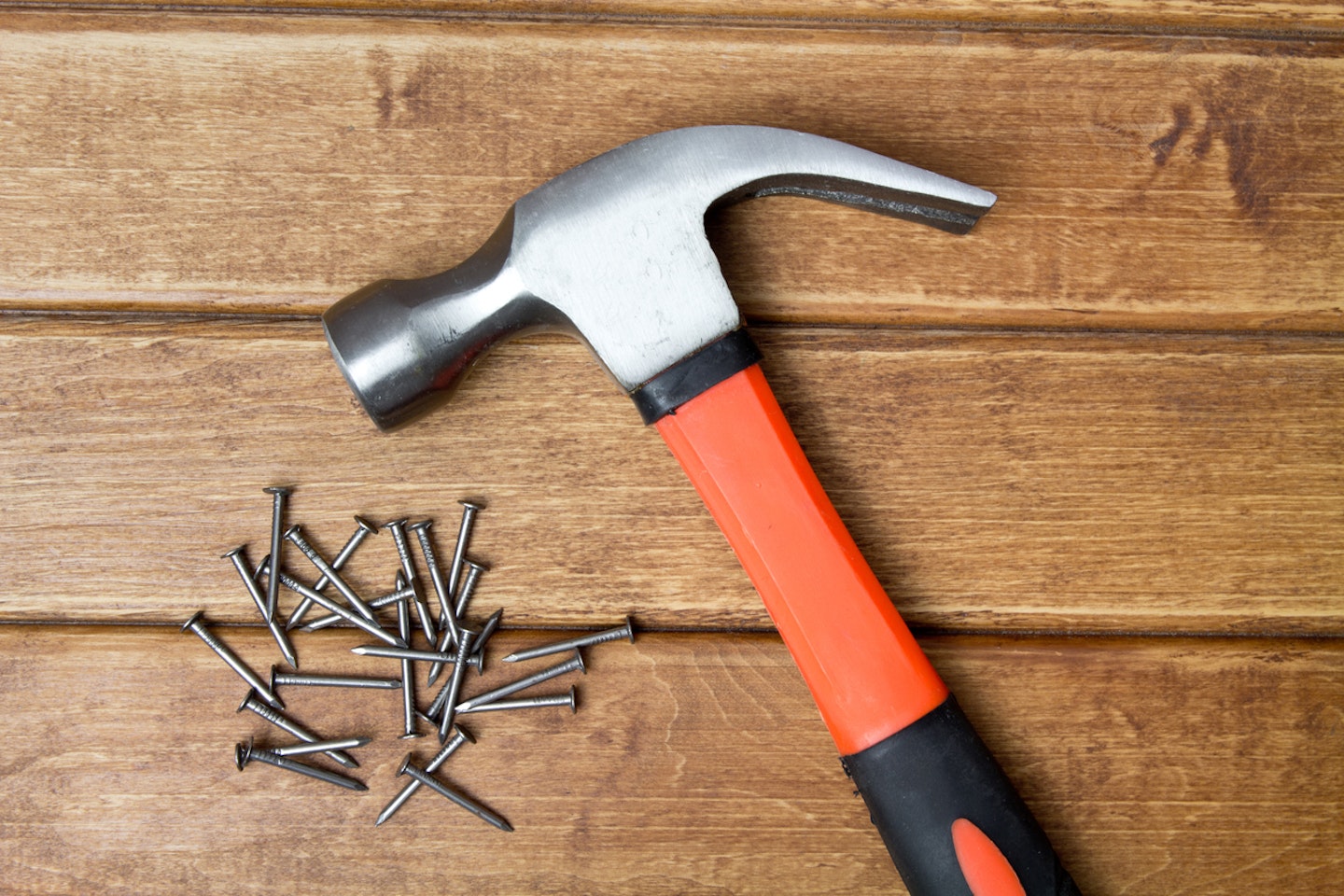
Hammers
Used for force, these are ideal for fitting stubborn furniture parts together and driving nails into walls, Claw hammers will typically have V-shape in the rear for pulling nails out too. There are also hammer designs like Ball Peins for more precise jobs and Mallets for wood joints. When you swing a hammer, you should use your strength for control and line up your nail correctly before impact. You should also watch your thumbs when using!
Top Tip: Always use your dominant hand for complete control of a hammer.
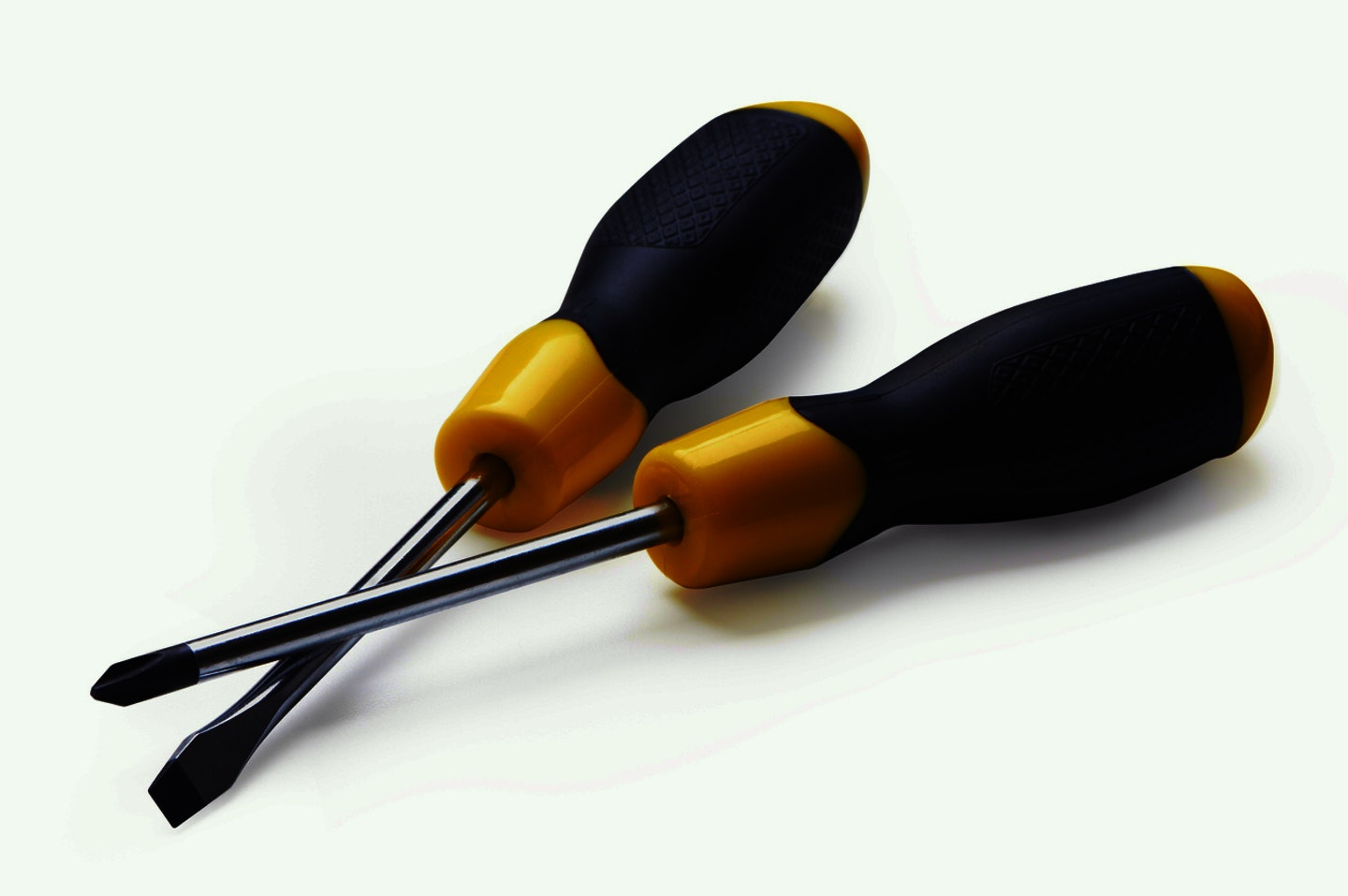
Screwdrivers
A toolbox staple, screwdrivers are typically used to tighten screws but can be used to loosen them too. They’re used for all types of household jobs and come in multiple sizes/designs to match different screws, which is why we recommended getting a set. Using a screwdriver will always require a slow and steady approach to avoid hurting your hands or damaging the screw.
Top Tip: Try to store your screwdrivers in order of size for convenience.
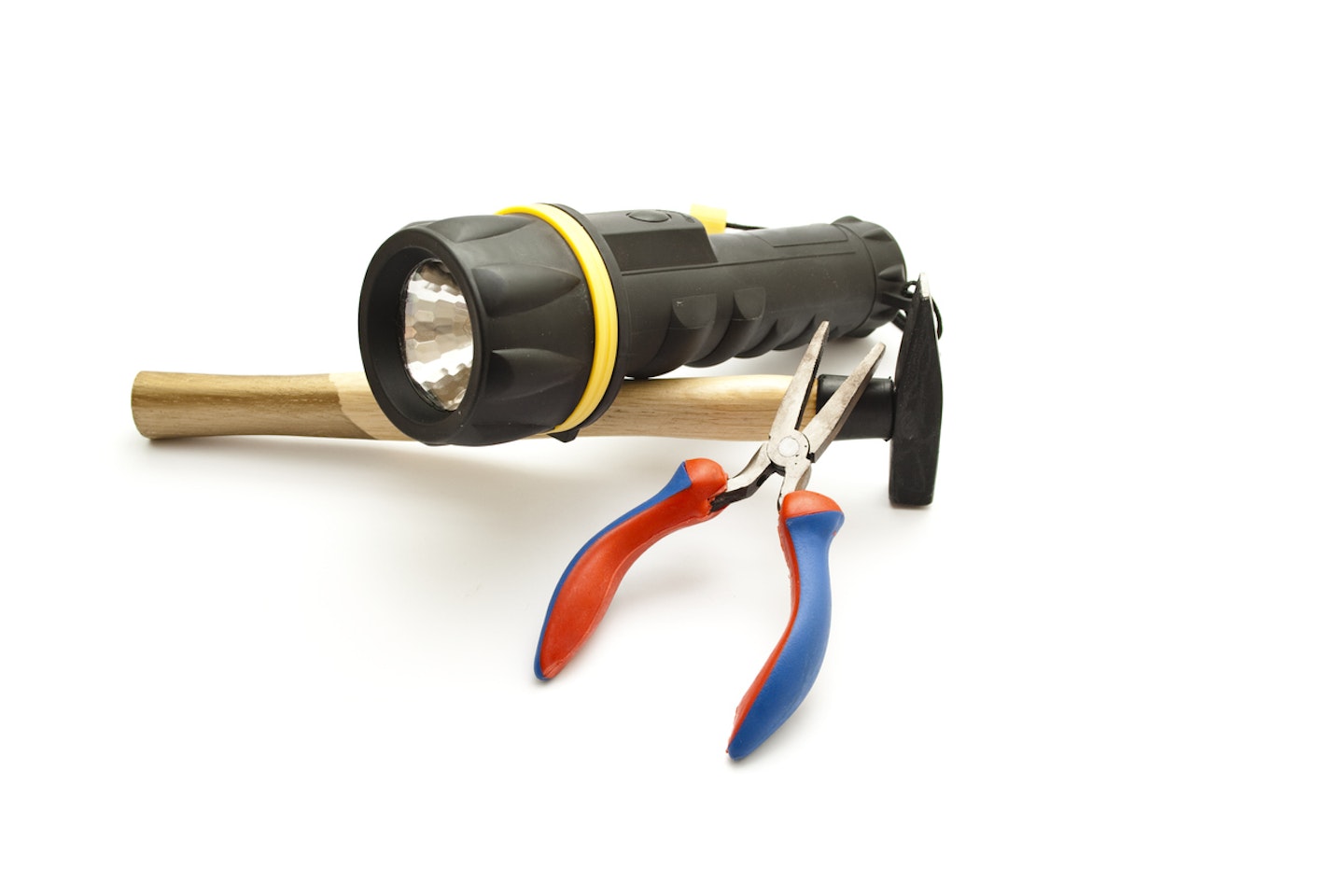
Torches
When it comes to DIY, torches aren’t always considered essential…until you’re in the attic trying to fix something in the dark. Even dim nooks and crannies need some TLC with a screwdriver, so using a compact torch to see better is more than necessary. Plus, it can be seen as a safety precaution.
Top Tip: Hang your torch on a lanyard or clip so you can have both hands free.

Spirit Levels
From hanging TVs and pictures to building furniture and completing home renovations, a spirit level will always help you line things up to avoid them looking awkward. You just have to place them onto a surface to see if it’s level. Yup, it’s that easy.
Top Tip: Ensure your spirit level is stored correctly to avoid ruining its accuracy.
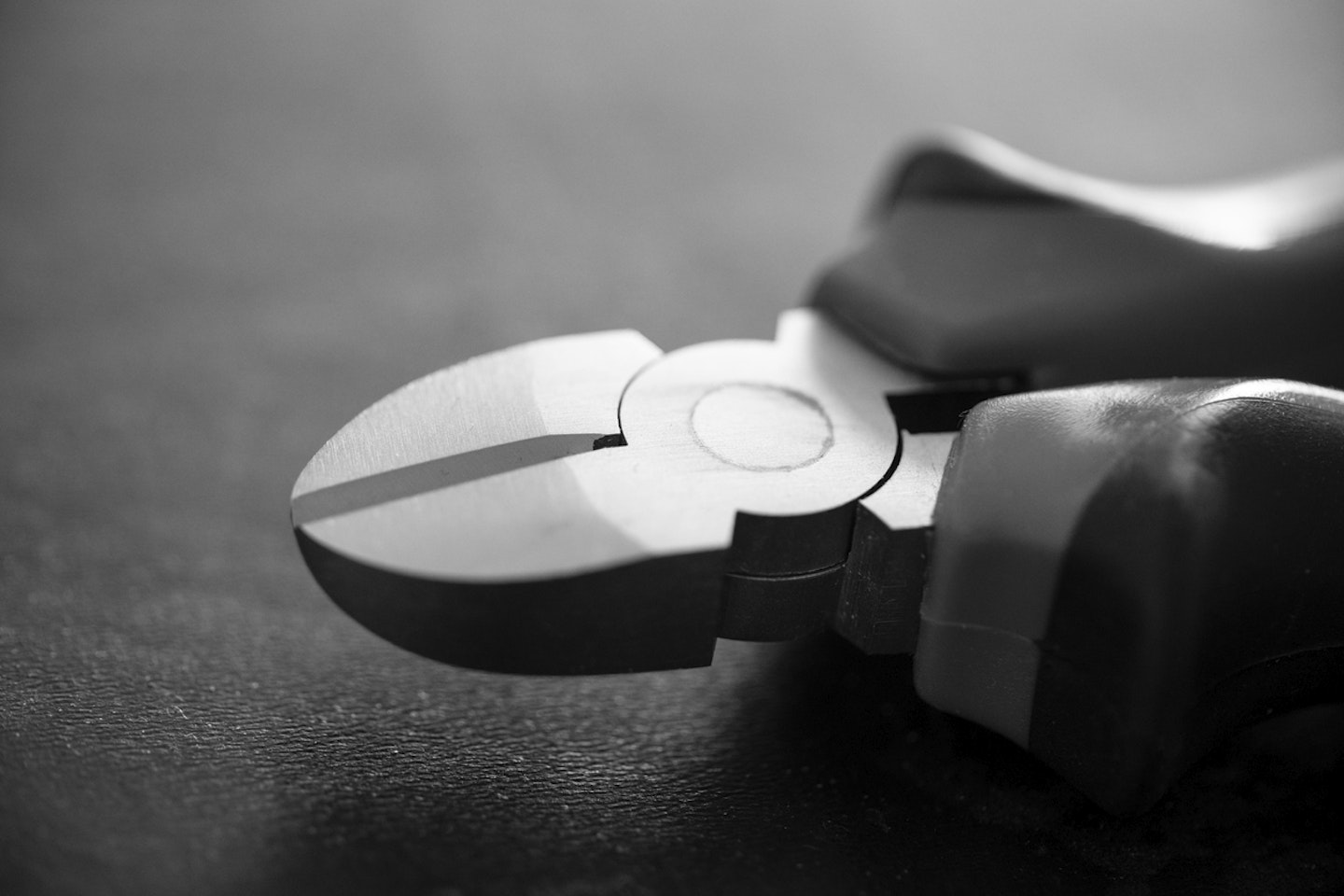
Pliers
Coming in a range of designs, from Adjustable for versatility and Needle-Nose for more delicate projects, pliers are made for keeping things in place, cutting and twisting wires, plus standing in for spanners in some instances.
Top Pick: Working with electricity? Use insulated pliers instead for safety.
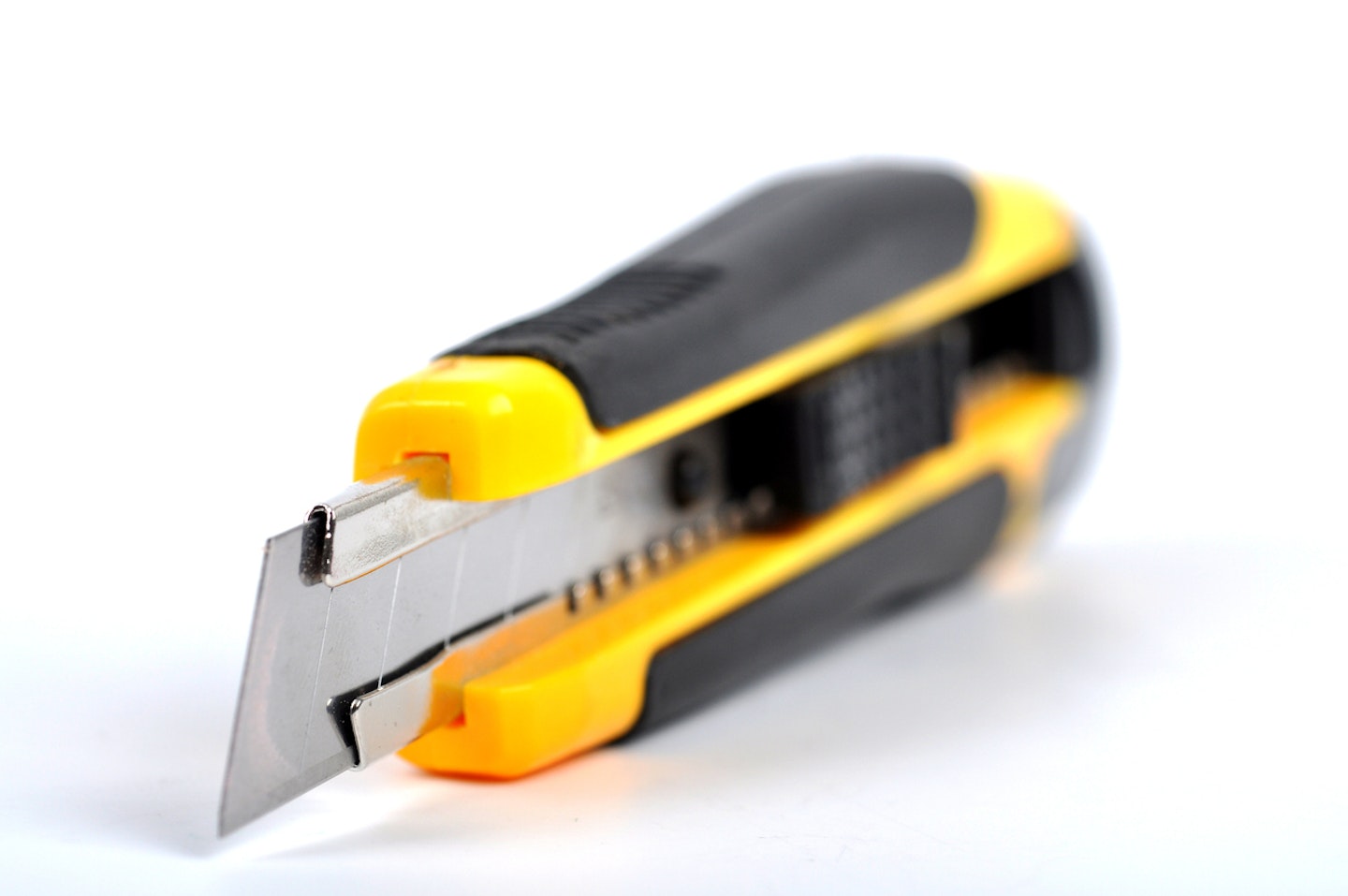
Utility Knives
You may not be big into cutting up carpets and other tough materials, but a utility knife can still come in handy for small carvings and opening boxes. Most will be compact and retractable, perfect for safe and easy storage.
Top Tip: This is a given, but please be careful when using sharp blades.
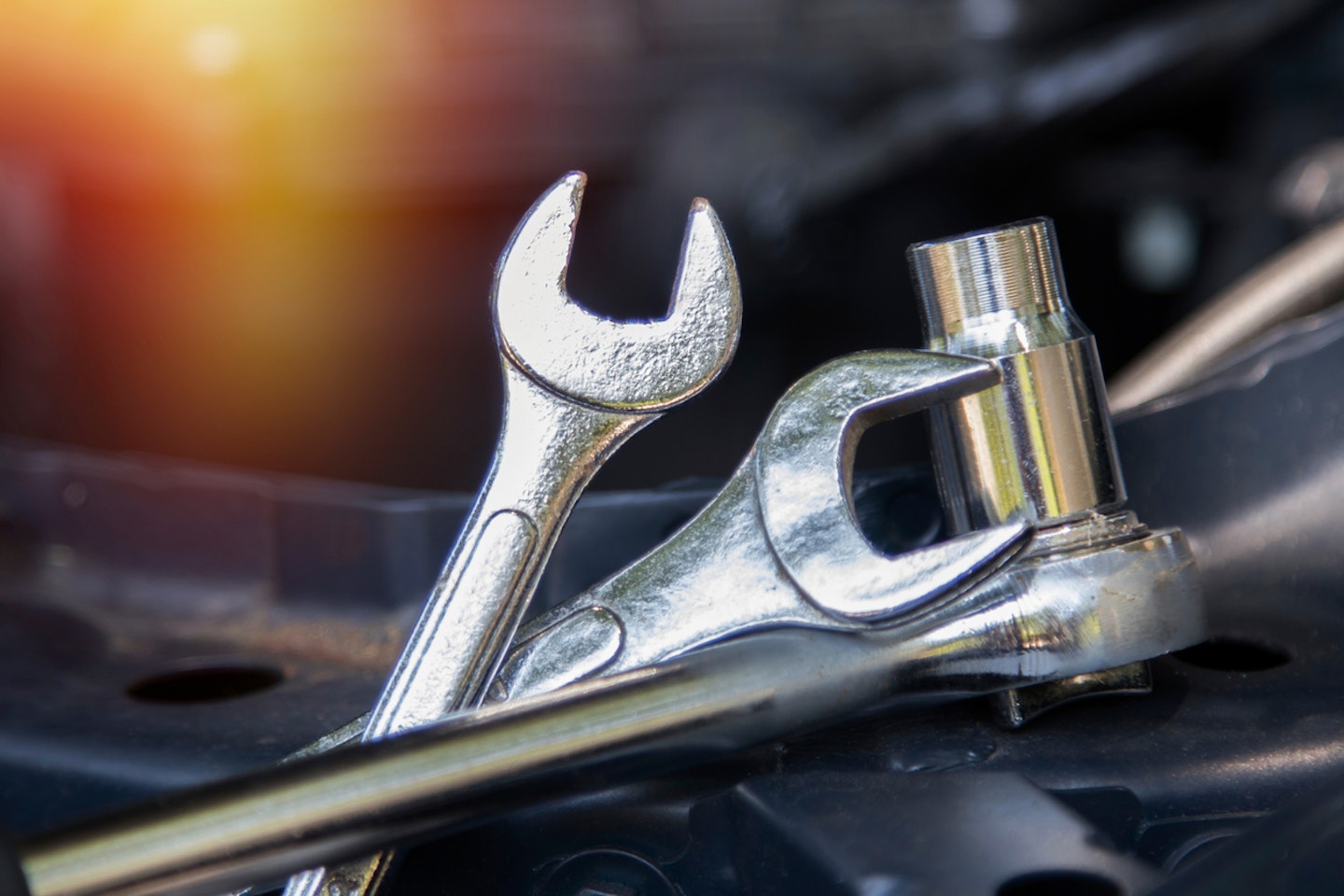
Spanners & Sockets
Mainly used with nuts and bolts and coming in a range of sizes, spanners (AKA wrenches) give you leverage for fastenings, and most will be used in combination with sockets for tighter grip.
Top Tip: Look out for Ratchet spanners as they only rotate in one direction.

Tape Measures
It is common sense that measuring something before adding to it or adjusting it is the right move. DIY tape measures will be spring-loaded, typically with a way to attach them to your clothing for easy usage. Even if you are just using it to measure a space before putting new furniture in it, you’ll be glad to have one in your kit.
Top Tip: Make sure your tape measure features metric and imperial measurements.
